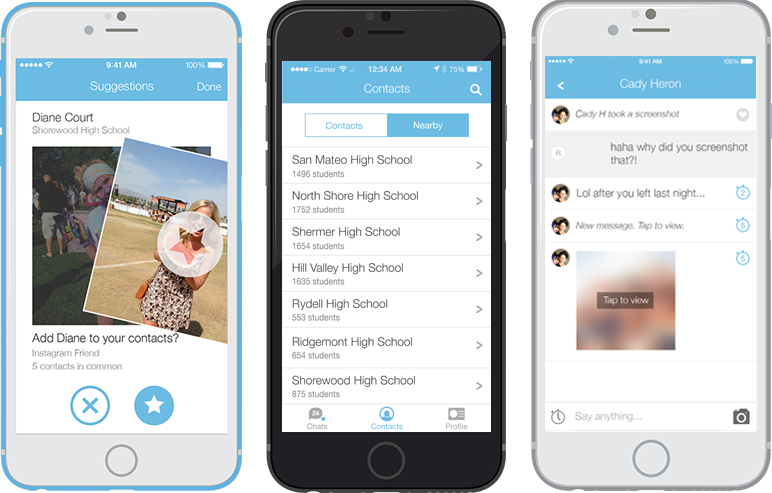Ask a teenager you know if they've used Jott to connect with friends and the chances are good that they'll say yes. The next question is, why another messaging app?
Well, for teens on a limited data plan or without a cell phone at all, school can be a communication deadzone and since Jott works without relying on an Internet connection or cellular data it has become the new favorite.
Jott is quickly rising to the top, with nearly 500,000 monthly users and one million installs after three months on the market. Its biggest selling point is its AirChat feature that enables chatting through a combination of Bluetooth and Wi-Fi radios to create a mesh network of mobile devices within 100-feet of each other. This allows messages to be sent and received privately between members of the network.

To sign up, users have to provide their real name and a point of contact to connect them with their school network. Similar to SnapChat, Jott offers disappearing chats and screenshot detection as measures of privacy. Users can link their Instagram account to Jott to connect with friends from that app - without asking for a phone number.
Jayson Ahlstrom, Jott's COO and co-founder, told CNN that they owe much of the viral success of Jott to the nature of teenagers.
"It's being shared from school to school," Ahlstrom said. "We see kids are naturally sharing the app and getting their friends to use it."
Due to the runaway nature of their success so far, Jott recently closed a $1.8 million seed funding round from several venture capital firms.
But the future of Jott isn't for teenagers only. The founders of Jott see a range of different uses for the app, especially for emergency communcation during natural disasters when cell towers are down.
